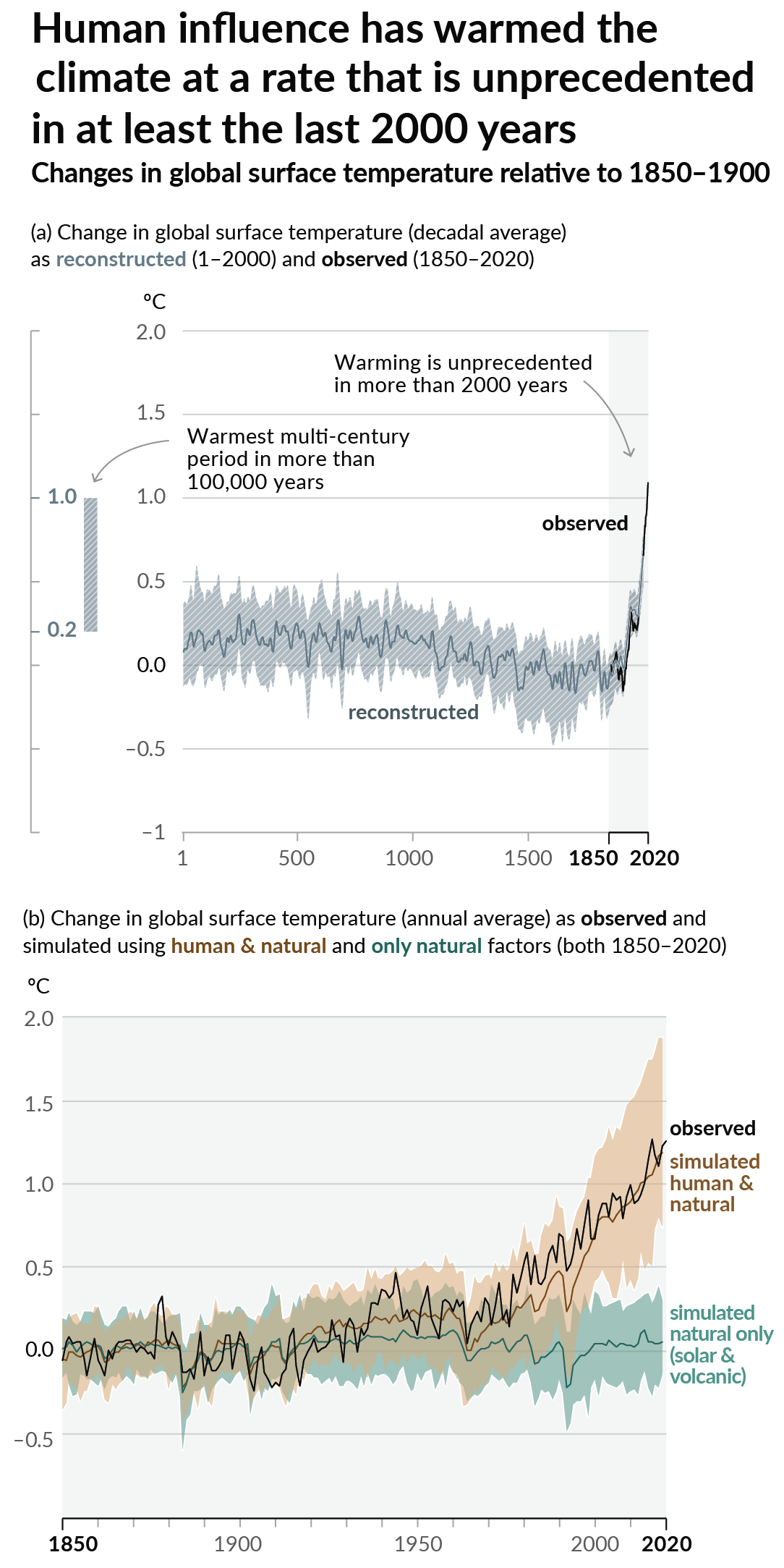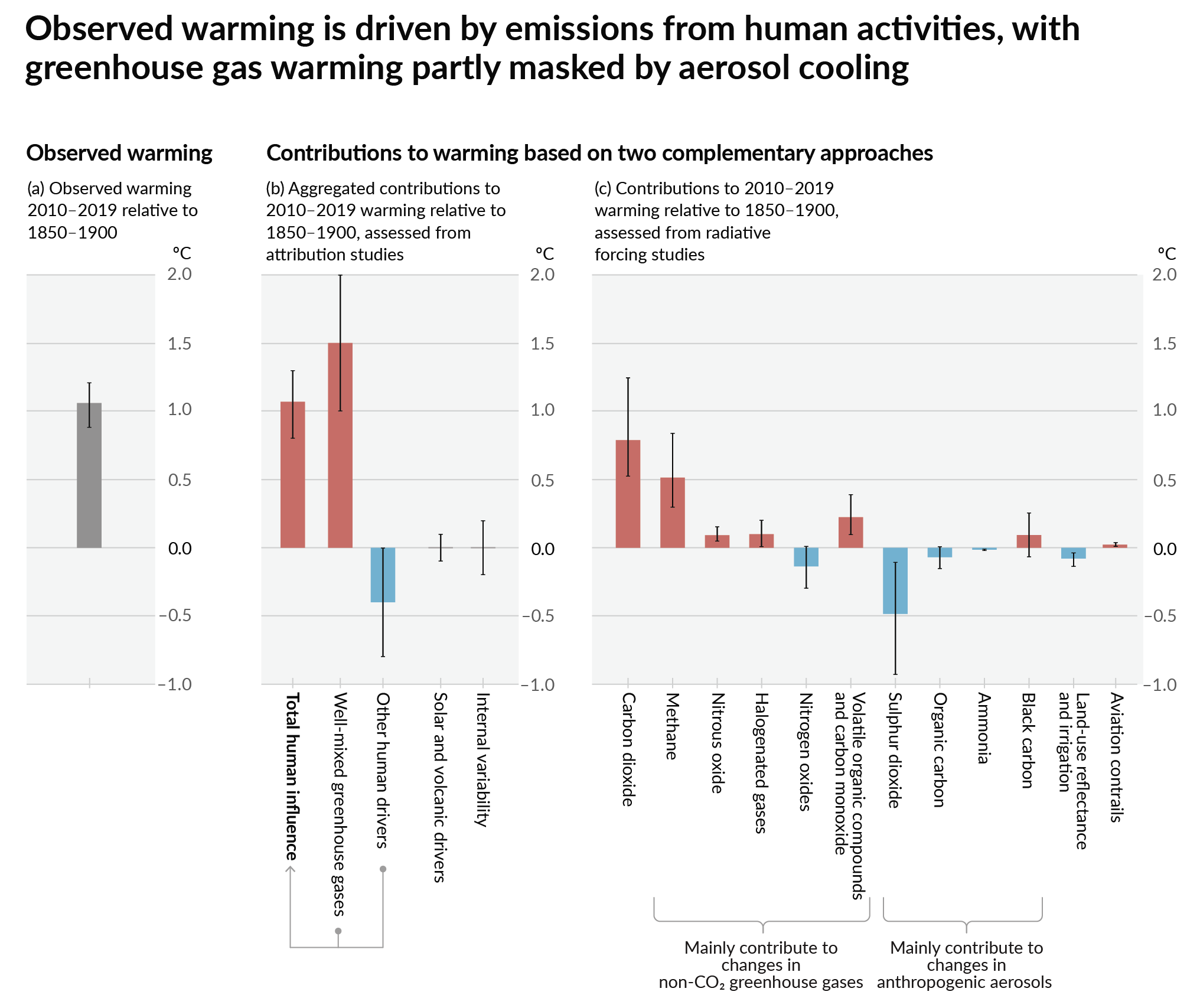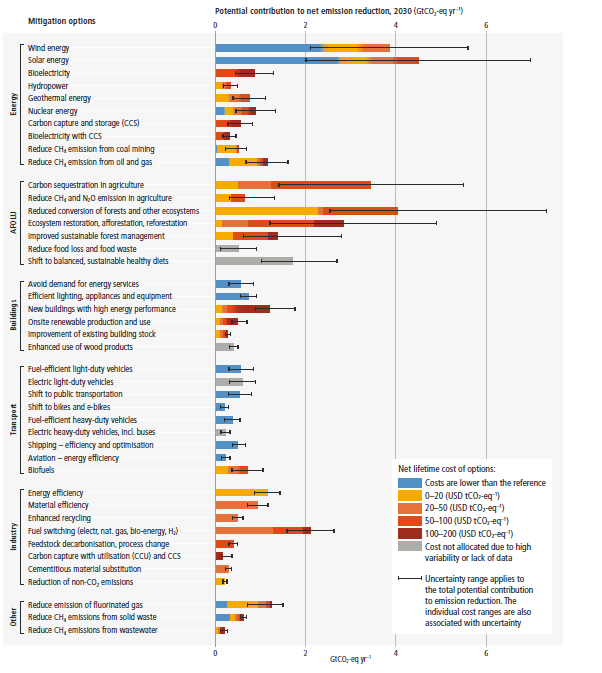“What that means is that you can probably keep growing timber and and hold lots of carbon at the same time,” Schwarzmann said. “If you’re having (forestland) devoted just for carbon storage, you’re more likely to have even larger carbon sequestration levels on some of these forests.”
He said the findings could be used to re-evaluate timber harvest of older forests, noting logging could still occur while leaving a higher number of trees on the landscape to store carbon.
Forests are part of the carbon cycle, not effective long-term storage. It’s an easy mistake to make, thinking that since wood is made from carbon, growing trees should help remove carbon from the atmosphere. Trees can live for hundreds of years, which sounds like a long time to humans, but it’s not. Trees die and their carbon mostly returns to the atmosphere as they decompose or burn in a fire. Living trees are best represent a temporary carbon buffer, not sequestration.
Humans have been bringing sequestered carbon out of retirement - oil represents plants and animals that lived millions of years ago, that got trapped deep underground mostly by happenstance. To effectively remove carbon from the atmosphere, we must take the built up material and store it deep below the earth’s surface. I don’t think burying trees in a big pit will ever become especially popular.


